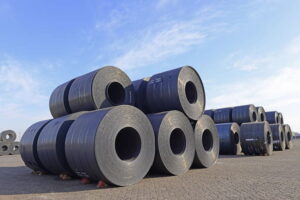
The steel industry in central and eastern Europe is set to see continued support from positive economic growth in 2018, executives at the EUROMETAL regional conference in Vienna said Tuesday.
In 2017 economic growth in the central and east European region was positive. Regional growth is to remain strong this year, but a modest slowdown is expected going forward.
Analysts expect the region’s economy to expand by 3.6% in 2018, led by higher GDP forecasts in Romania (4.2%), Poland (3.8%), Hungary (3.5%), Czech Republic (3.2%) and Croatia (2.8%).
“In 2018 [the steel industry] will still be ok, but we are cautious that this might not be sustainable. We hope there won’t be a drop, but there might be a slowdown. We are prepared to use the brakes,” said Jan Moravec, corporate audit manager at Ferona.
The outlook for steel demand in 2018 is also good, with some positive demand indicators seen in large steel-consuming sectors, such as construction and automotive, speakers said. However, there are risks around reduced EU funding in the longer term, partly affected by Brexit.
Car production is expected to grow by over 20% in the next five years, while construction is seen growing by over 23% in the next three years, noted Gabriel Holub, sales manager at US Steel Kosice.
“The construction industry is currently in a rather comfortable position, with a favourable outook for 2018,” said Michael Weingartler, Construction Market and Housing Policy Expert at Eurocontruct. “Solid economic growth in the EU supports positive outlook for construction and output should increase
4% in east and central Europe in 2018, with Poland, Hungary and Czech Republic leading the growth.”
Erica Sesay, PLATTS





